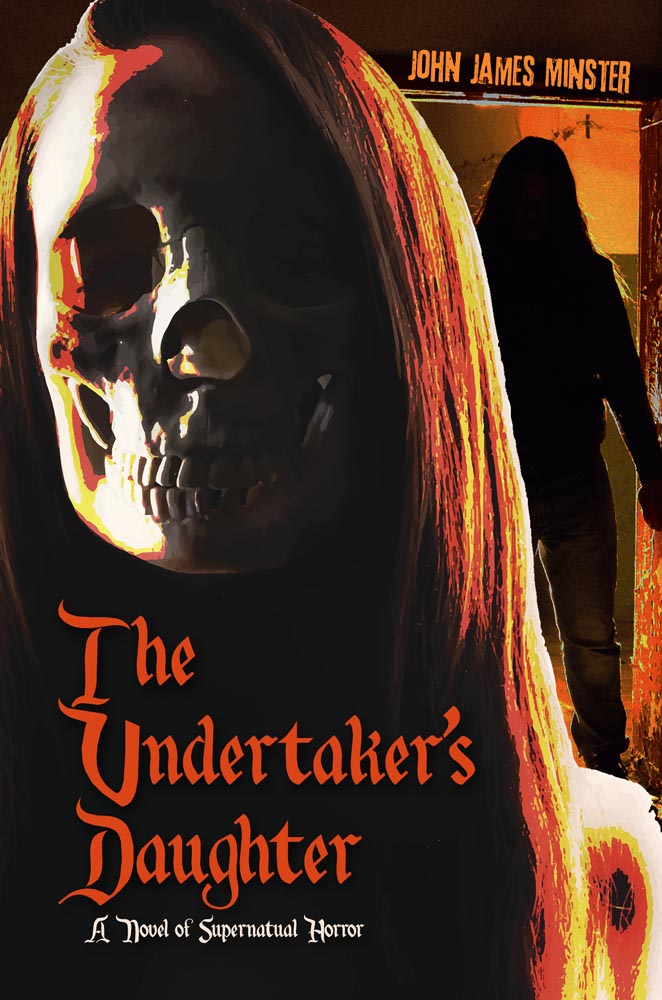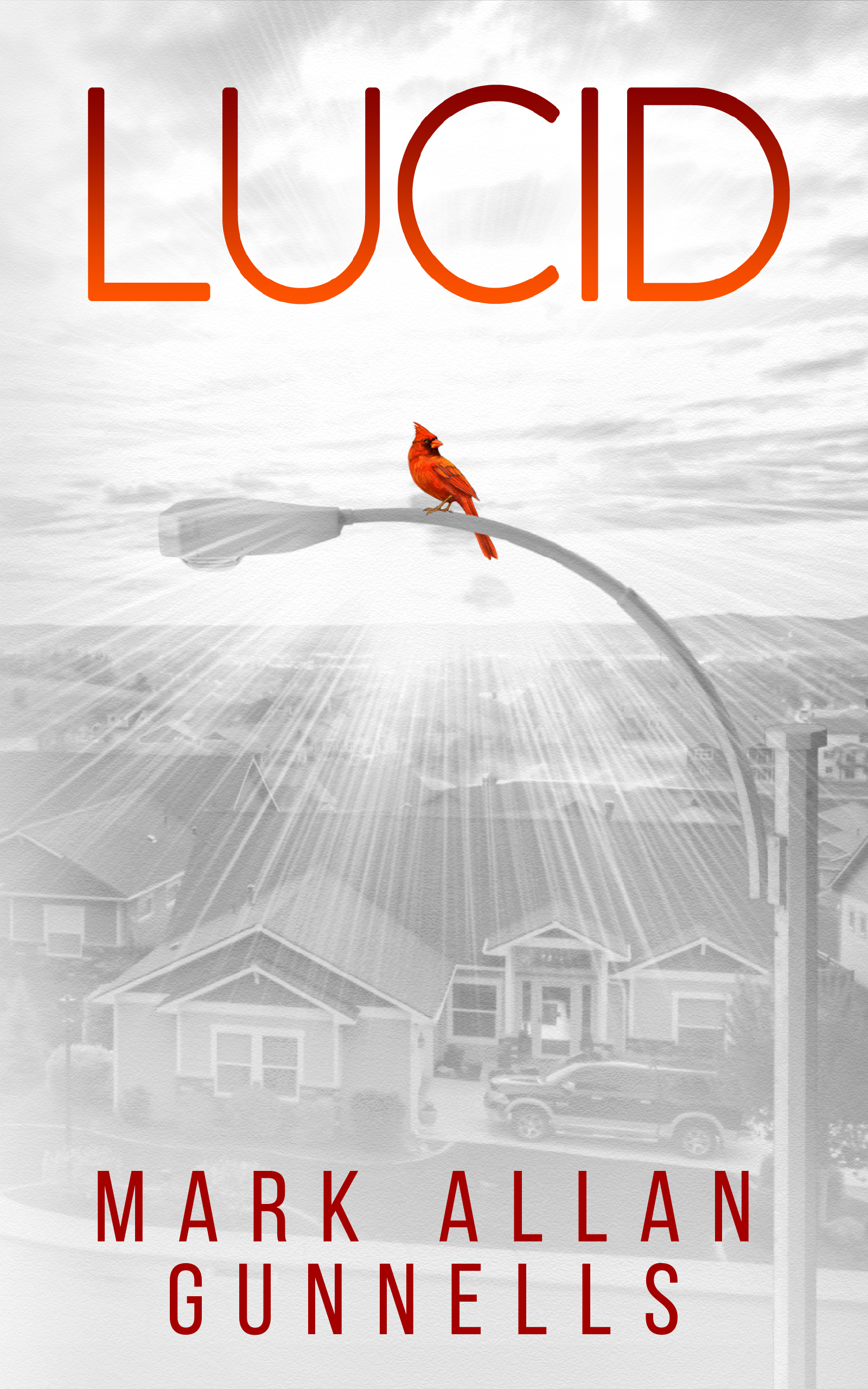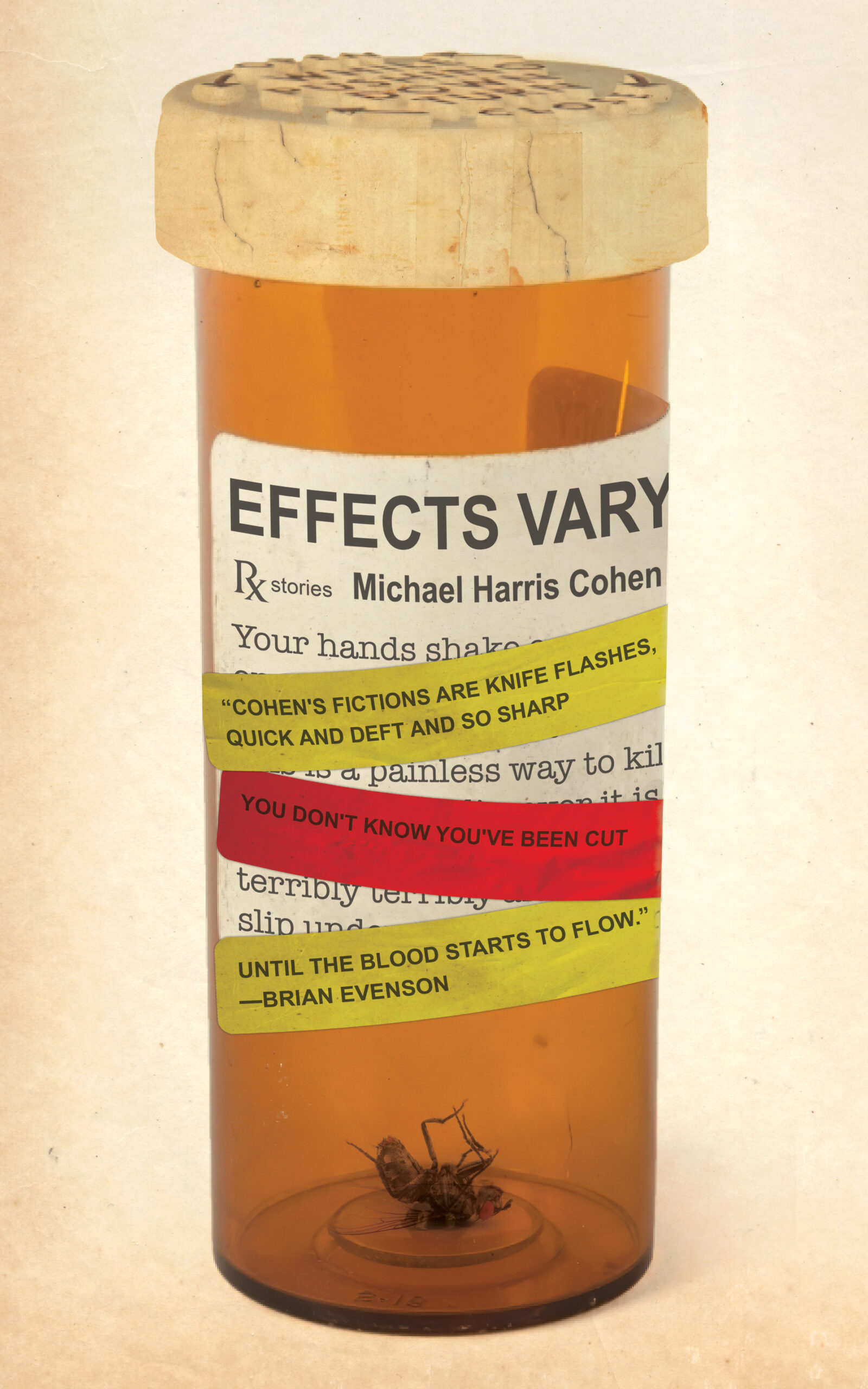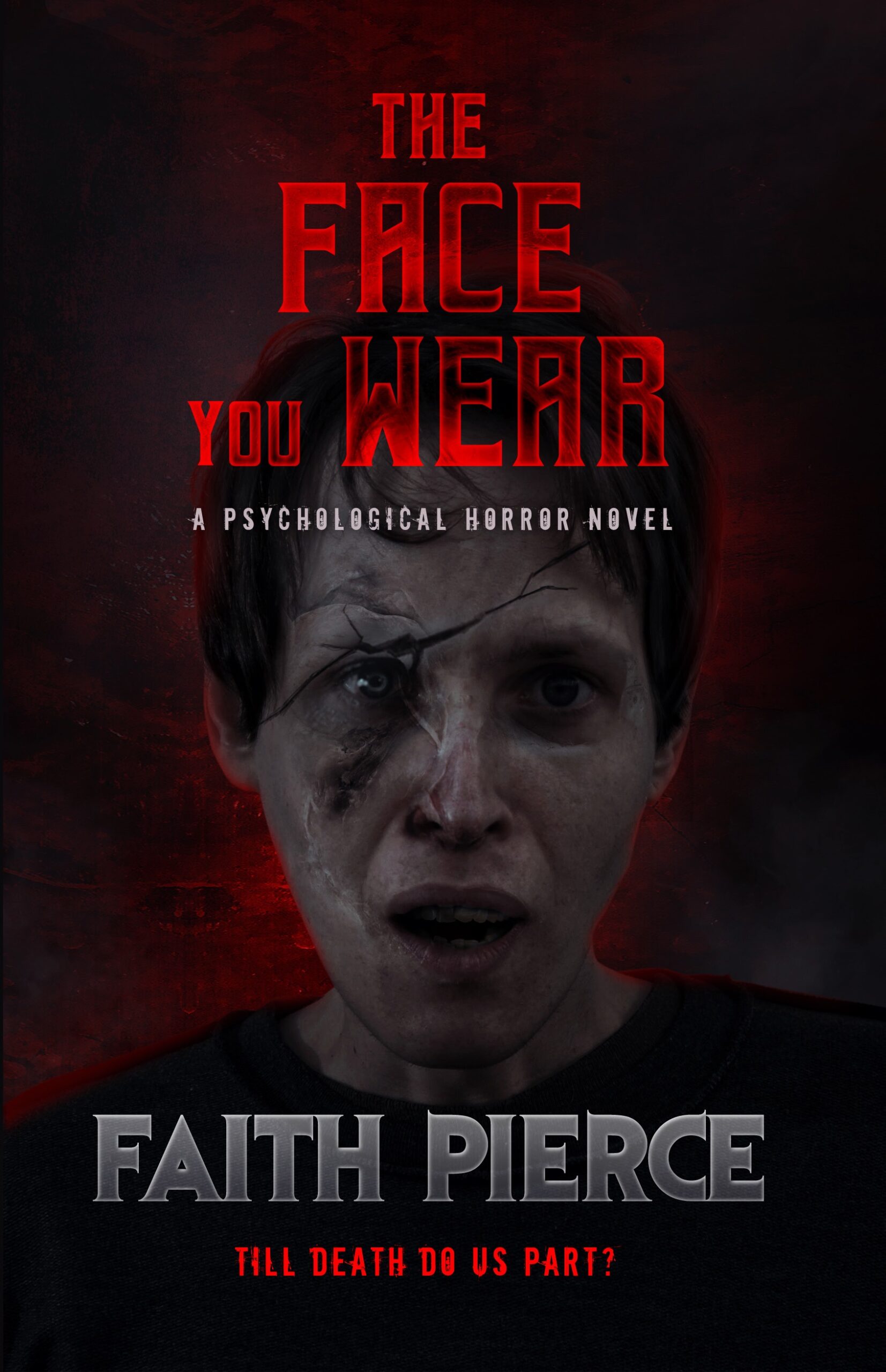This week on The Scariest Part, my guest is author John James Minster, whose debut adult novel is The Undertaker’s Daughter. Here is the publisher’s description:
Don’t play with dead things.
Anna Dingel is an introverted, socially inept 18-year-old raised in the family funeral home. And for some reason, her classmate Timmy — the one in the band — likes her too.
After a makeover from her best friend Naomi, Anna breaks away to see him perform live, but the leader of a bad school clique attempts to assault Anna in the parking lot. Once the leader is released from jail, so begins an ever-widening maelstrom of cruel retribution, turning Anna and Timmy’s summer of love into a nightmare.
In an attempt to frighten the bullies into peace, Anna and Naomi experiment with recently revealed old Jewish magic. But this ancient Abrahamic ritual doesn’t go as planned. The eldritch power Anna has unleashed takes dark and unexpected turns, endangering those she loves and forcing her to decide who she is and who she wants to be.
This spine-tingling supernatural horror story is about love, forgiveness, and consequences. Expect surprise twists throughout, as children learn not to play with dead things.
And now, let’s hear what the scariest part was for John James Minster:
The story reaches a climax when the protagonist, teenager Anna Dingel, faces a decision point. She and her research-obsessed bestie have connected dots and invoked ancient Hebrew magic, intended to tap the creative force reserved for God. Ethereal wires get crossed in the process. The spiritual force brought to bear couldn’t be further from the Judeo-Christian God. Pure hate; mindless evil taking on a dangerous physical form. To resolve her moral dilemma, Anna must come in physical contact with powerful evil; evil, which most people understand, may appear to be our friend to win us over, but it wants us to suffer and die, as is the observable nature of evil (it makes no friends; everyone who embraces it falls victim to evil in the end.)
In the scene, all of this collides in her mind and heart. What is the right thing to do? That moment when Anna approaches the evil she unleashed, knowing it could easily turn on her — for nothing it has done aligns with her original fair, morally acceptable intentions. In order to ‘do the righteous thing’ she must touch the evil, at great risk to her own life, to make it stop.
This story started as a unique new and campy Eighties horror movie that reeled in my mind over about sixty seconds (like when, some say, your entire life plays in fast-forward just before we know we’re going to die.) Nearly every detail, characters, names, everything was revealed to me in that hot minute. My job as author was to convert that mental movie into a story. It reads like a movie script with mostly dialogue, because it hit me all in a rush, like a livestream signal transmitted from some unseen plane of existence. There are scary moments throughout, and also some pretty gross scenes, but when I go back now and read it, transferring myself into the mind of the new reader, I believe readers will ask themselves: ‘What would I do in Anna’s situation?’ I’d love to hear those answers! I really haven’t a clue. Her bestie, Naomi; no WAY would she have done what Anna did. Would some readers? None? Many? I can’t even answer with certainty if I would’ve taken that action.
The Undertaker’s Daughter: Amazon / Barnes & Noble / Bookshop / Sunbury Press
John James Minster: Website / Facebook / Instagram
John James Minster was born in Norristown, Pennsylvania. He commenced a successful international business career since the 1980s in the technology sector, all the while publishing horror short stories in major magazines and horror anthologies since 1990. In July, 2018, his first middle-grade full-length horror novel, Dreamjacker, which met with five-star reader reviews, was born of nightmares.
As a child he walked in his sleep; his parents found him at the top of the stairs about to leap down, dreaming that he could fly. Every night since childhood he still talks and punches walls in his sleep during nightmares, which he describes as “Nightly mini horror movies. Terror is feeling dread at the possibility of something frightening; horror is the shock and repulsion of seeing the thing: Hello! This is my head every single night of my life — so no writer’s block on the horizon or chance that I’ll run out of stories.”





